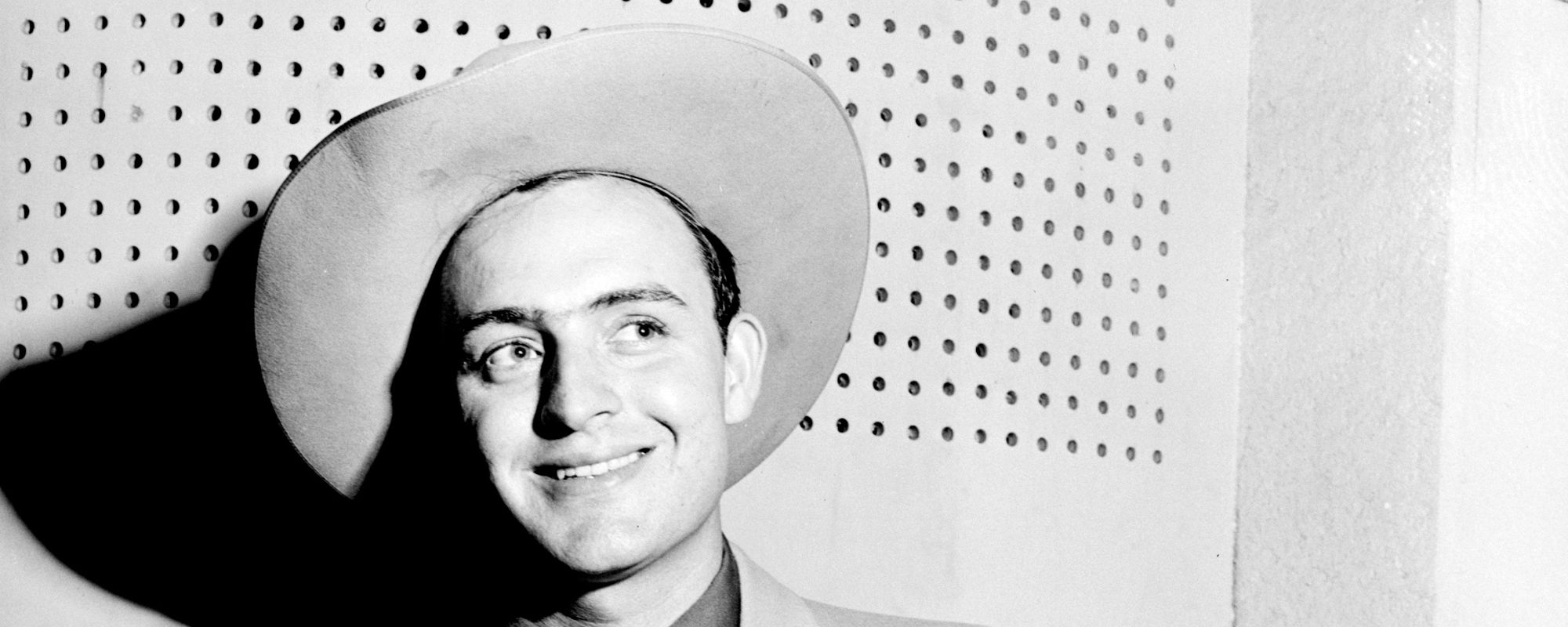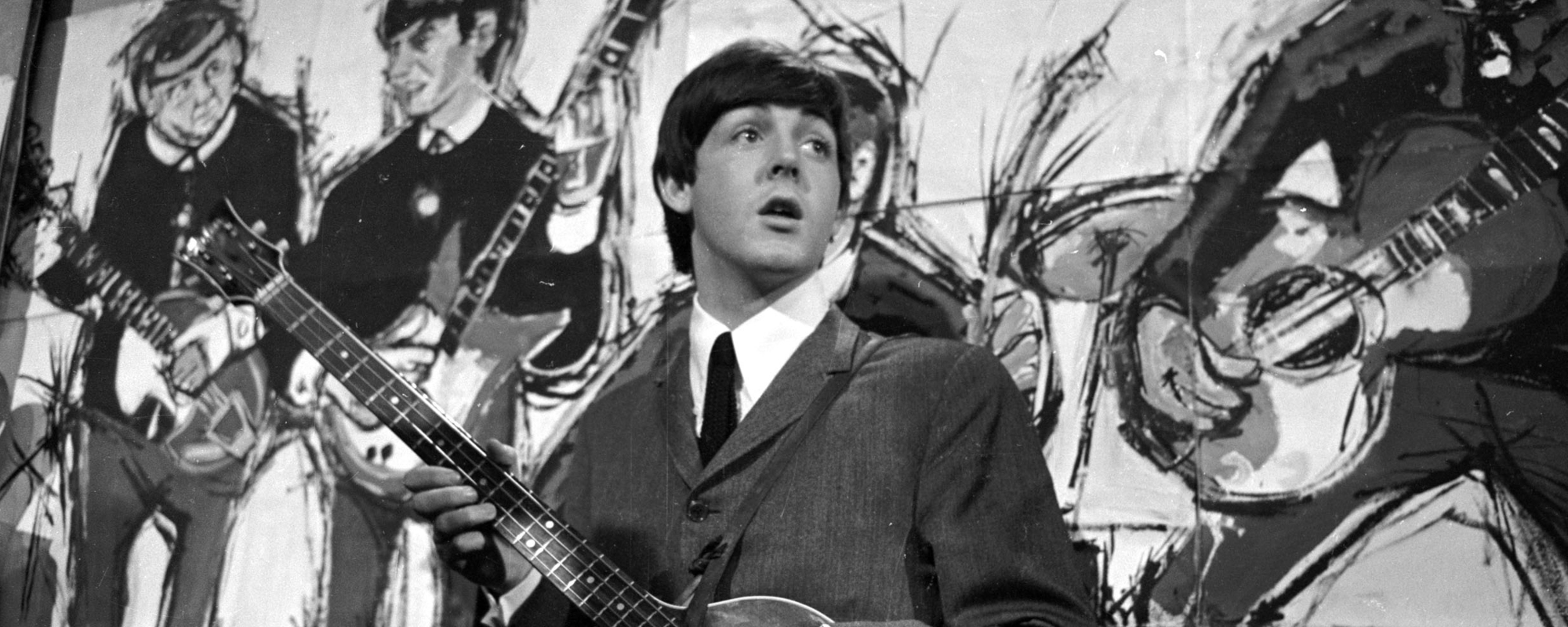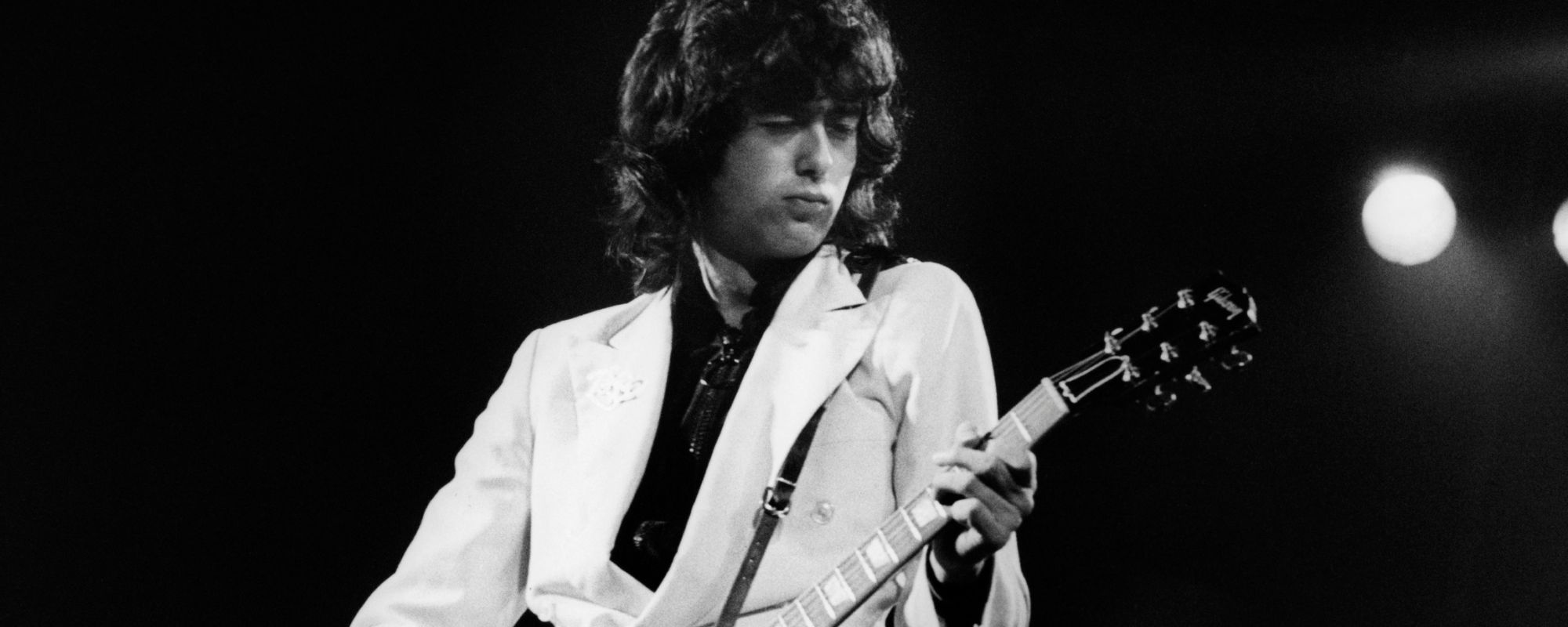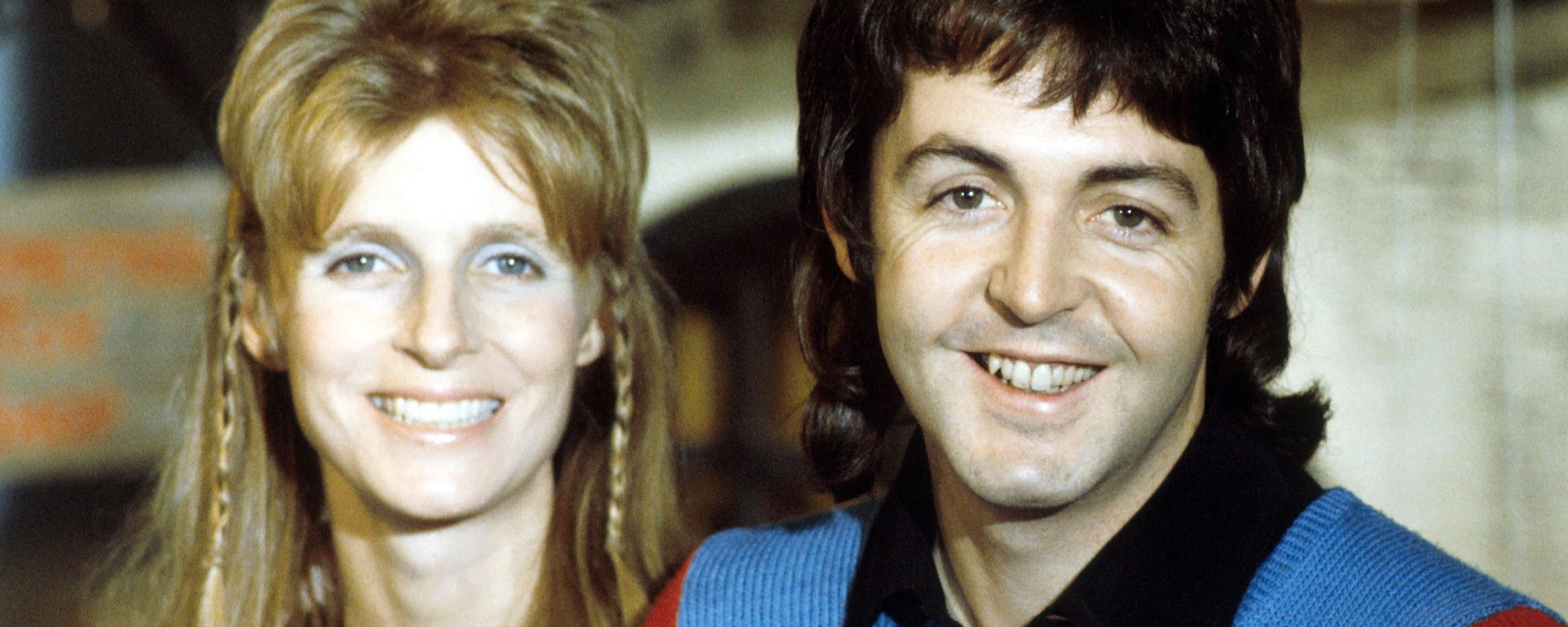The most successful band of all time connecting with the most acclaimed record producer of the era: What could possibly go wrong? Well, as it turned out, Phil Spector producing The Beatles didn’t go as smoothly as anyone expected.
Videos by American Songwriter
In fact, Spector’s work on Let It Be, the 1970 album that would be the last studio effort released by the group, raised the hackles of Paul McCartney, who had never agreed to Spector’s participation and wasn’t all that keen on what he heard. Here’s a look back at the strange saga that enveloped these famous names and this star-crossed album.
Unfinished Music
It was Paul McCartney’s sincere hope that the project that would eventually be known as Let It Be would be a new beginning for The Beatles. Rehearsing, recording, and performing a brand new album, all while cameras tracked their every move: It turned out to be a recipe for disaster, bringing simmering resentments between band members to the surface.
The Beatles recorded a ton of material in January 1969, including during the famed rooftop concert that was meant as the climax of the accompanying film. When it came time to wrangling everything into shape, no one in the group could be bothered. Instead, they jumped back into the studio with the more traditional Abbey Road.
While they focused on that, The Beatles asked Glyn Johns, who’d been involved in the sessions as an engineer, to go through all the various songs and come up with an album out of it. Johns did this on four separate occasions, only for each of these mixes to be turned down by the group, leaving the project in limbo.
Spector Enters the Picture
Around that time, Phil Spector had become friendly with both John Lennon and George Harrison, as evidenced by the fact Spector would produce the first few solo albums for each. Two months after the last overdubs for Let It Be had been completed, and six months after Lennon had told the group he was quitting, he handed the tapes over to Spector and gave him carte blanche.
Spector worked hard on the project to get it ready for a spring 1970 release, maybe too hard. While he kept some of the catch-as-catch-can nature of Johns’ mixes, he also made some odd choices. For example, he omitted “Don’t Let Me Down,” one of the strongest songs the group had laid down and a prominent feature of the rooftop concert, from the running order.
Most controversially, he added lush production touches to “Across the Universe” and “The Long and Winding Road,” including strings and a female choir. McCartney, upon hearing the mix for the first time, blew up at what had been done to the latter song, which he’d written and had intended as a spare, soulful track.
The Aftermath
Let It Be was released, with Spector’s production touches intact, in May 1970. By that time, the official announcement of The Beatles’ breakup had come courtesy of McCartney, telling the world as he promoted his first solo record. Fans in mourning for the loss of their favorites gobbled up Let It Be to savor every last note.
Over the years, Let It Be has been the subject of several reissues intending to get to the heart of what the project was meant to be. In 2003, there was Let It Be…Naked, a remix spearheaded by McCartney. The 2021 Let It Be: Special Edition set about to restore much of the work that Johns had originally done.
That release coincided with filmmaker Peter Jackson’s revelatory Get Back documentary, which unearthed the full scope of those troubled sessions. It should be noted that none of these projects focused much at all on what Phil Spector had done. Unfair, perhaps, but a good indication this was one monumental collaboration that fell way short of its potential.
Photo by Keystone-France/Gamma-Rapho via Getty Images













Leave a Reply
Only members can comment. Become a member. Already a member? Log in.